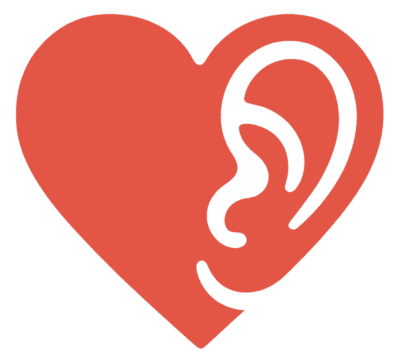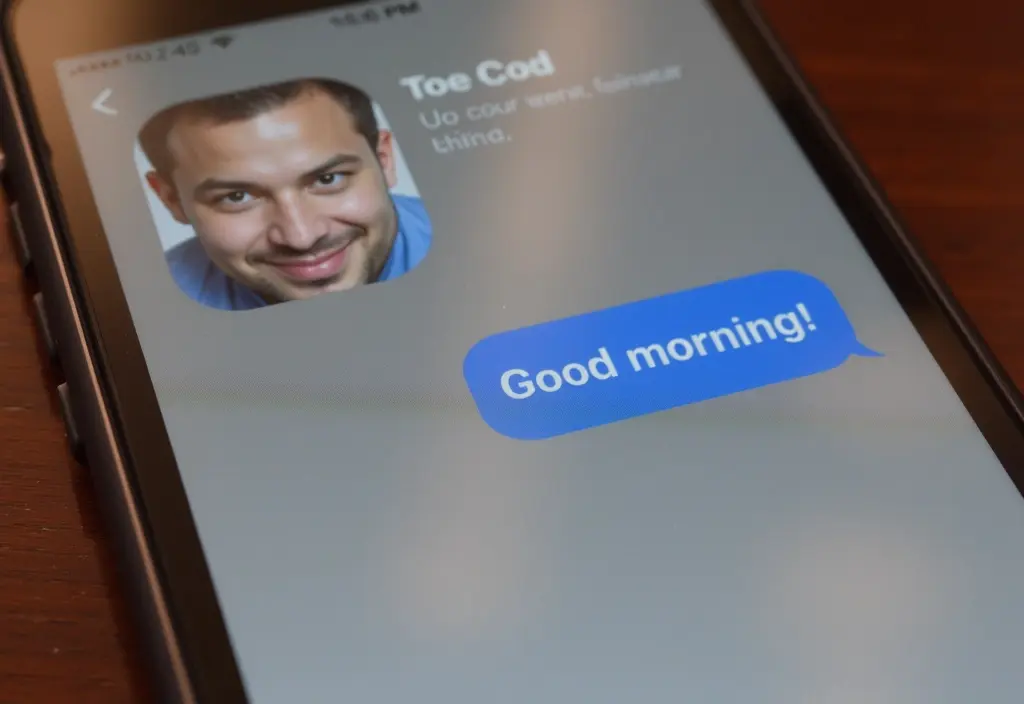Let’s explore how women create a sense of ‘us’ or partnership early on. You know how it is when you first start dating someone? That little shift that happens, maybe just in your head at first, where you stop thinking just ‘me’ and ‘him’ and start kinda… thinking ‘us’? It’s that point where it feels less like two separate individuals just spending time together, and more like maybe, just maybe, starting to feel like a team.
It usually doesn’t happen with some big announcement or anything. From what I’ve seen, it’s more like… small things just start adding up. Little actions, the way you talk starts changing. Maybe women notice or push this along gently sometimes? It’s definitely not about trying to force things or rush commitment. It’s more like tossing out little threads of connection that might, eventually, weave into something solid, like feeling you’re on the same team. Just some stuff I’ve noticed, watching people and thinking about my own experiences, definitely not like I’m a doctor or anything!
That switch from thinking just about yourself to thinking about ‘us’ is a pretty big step, isn’t it? Feels like things are getting deeper, maybe heading somewhere real. Being part of an ‘us’ just feels… safer? Like you belong. Of course, it totally has to go both ways to mean anything. But certain things can definitely plant those first little seeds, hinting that you’re starting to think like a team. Remember that first time you caught yourself saying ‘We should go…’ instead of ‘I want to go…’? Felt kinda different, right? Those little moments are often built on a foundation of smaller interactions that paved the way.
How women create a sense of ‘us’ or partnership early on
So, what are some of those subtle (and not-so-subtle) ways this “us-ness” starts to take root? Here are some observations on how women create a sense of ‘us’ or partnership early on:
- The Gentle Introduction of “We”: This is a big one, language-wise. When it feels natural and appropriate, starting to use “we” or “us” in conversation about shared experiences or future possibilities. It’s not about assuming, but including.
- Instead of: “I want to check out that new cafe.” -> Try: “We should check out that new cafe sometime.”
- Instead of: “My opinion is…” -> Try: “What do we think about…?” (on a shared topic/decision).
- It needs to feel right for the stage you’re at, but gently shifting the language reflects a shift in perspective.
- Crafting Little Rituals: Shared routines, even tiny ones, build a sense of shared life. Maybe it’s always grabbing coffee from the same place on Saturdays, having a specific show you watch together, developing a silly handshake or greeting, or even just a regular “good morning” text. These small traditions create a rhythm that feels like yours, something that belongs to the “us.”
- Building an Inside World: This ties into shared memories and inside jokes. Referencing past funny moments, using nicknames (affectionate ones!), or developing code words or phrases that only the two of you understand creates a mini-culture unique to your connection. It reinforces the feeling of being a special unit with a shared history, however short.
- Lightly Sketching a Shared Future: This isn’t about planning the wedding! It’s about casually mentioning future events or possibilities in a way that includes him, showing you envision things continuing.
- “They just announced the lineup for that festival in July – we should keep an eye on tickets.”
- “My cousin’s barbecue is next month; it’d be fun if we could go.” It suggests continuity and a desire for shared future experiences without being heavy-handed or demanding commitment. It plants the idea of “us” in the future tense.
- Operating as a Unit (Subtly): In small social situations, this might mean implicitly supporting his point in a group conversation (if you agree!), sharing a quick, understanding glance across a crowded room, or speaking positively about his accomplishments as something you’re both happy about (“We’re so thrilled he got that project finalized!”). It’s about presenting a subtle sense of being on the same team.
- Opening Up (Appropriately): Building an “us” requires trust, and trust is often built through vulnerability. While oversharing too early is risky, gradually letting him see beyond the perfect first-date persona – sharing a small worry, asking for his opinion on something that matters to you, or even admitting you had a bad day – invites him into your inner world and fosters interdependence. It’s hard sometimes, putting yourself out there, but it signals you see potential for real connection.
- Factoring Him In: Actively considering his preferences, needs, and opinions shows that the “us” isn’t just an extension of “me.” Asking “What do you feel like eating tonight?” or remembering he dislikes horror movies before suggesting one, or checking in about plans instead of just deciding – these actions demonstrate respect and that his input matters to the partnership.
- Celebrating Team Successes: When something good happens, whether it’s his achievement, yours, or something you did together, framing it positively for the “team” reinforces the partnership. “I’m so proud of you – this promotion is fantastic news for us!” or “Wow, we actually managed to assemble that IKEA furniture without killing each other! High five!”

That Warm, Fuzzy “Us” Feeling
When these kinds of things happen consistently and feel mutual, it creates a powerful emotional shift. It moves the relationship from feeling tentative or purely individualistic to feeling more secure, chosen, and collaborative. It builds an implicit sense of commitment and trust. Knowing you’re not just navigating life alongside someone, but with them as part of a budding team? It’s a comforting feeling, knowing you’re potentially building something real together. It makes the connection feel more substantial.
It Needs to Feel Real (And Timed Right)
Here’s the crucial disclaimer: you can’t force an “us.” Trying to push “we” language or shared rituals too early, before the genuine connection is there, often backfires. It can feel presumptive, clingy, or just plain awkward. Authenticity is everything. These actions need to stem from a real, growing feeling of connection, not a strategic plan to lock things down.
It’s a dance, really. You offer a small step towards “us,” and then you watch – does he step forward too? Does he reciprocate the language, embrace the ritual, seem comfortable with the implied connection? Knowing when to make those subtle shifts is definitely an art, not a science! You have to read the cues and match the pace. If it feels forced, it probably is.
Laying the Groundwork
So, how women create a sense of ‘us’ or partnership early on often involves a delicate mix of inclusive language, creating small shared worlds through rituals and jokes, gently orienting towards a shared future, and demonstrating mutual support and consideration. Look, it’s not about making big speeches early on. It’s more about all the little things you do and say consistently.
Stuff that whispers, ‘Hey, I’m thinking about us like a team,’ or ‘What you think matters,’ or ‘Yeah, I can see us doing stuff down the road,’ or just ‘I like building this with you.’ It’s like laying down the first few bricks for something that could, hopefully, turn into a really strong partnership later. And that quiet moment when “you and me” naturally starts to feel, and sound, like “we”? That’s a pretty special kind of magic.
Frequently Asked Questions
What is the significance of supporting and celebrating each other’s successes in early relationships?
Supporting and celebrating each other’s successes, such as achievements or joint accomplishments, reinforces the partnership by creating positive shared moments. Framing successes as ‘ours’ helps build trust and a feeling of being on a team, which is fundamental in developing a strong bond.
How does discussing a shared future contribute to developing ‘us’?
Casually mentioning future events or plans, like going to a festival or a barbecue together, helps to subtly plant the idea of shared experiences ahead. It signifies ongoing interest and investment in building a future together without pressure, reinforcing the sense of partnership.
What role do shared routines and inside jokes play in forming a partnership?
Shared routines and inside jokes create a mini-culture unique to the couple, reinforcing their bond and sense of being a special unit. These traditions and inside references establish a rhythm and a shared history that fuels the feeling of partnership.
Why is it important for the sense of ‘us’ to feel genuine and well-timed?
A genuine sense of ‘us’ must develop naturally and at the right pace because forcing it too early can feel presumption or awkward. Authenticity and reciprocal cues are crucial, with each person feeling comfortable and the connection feeling real, which in turn strengthens the relationship.
How do women subtly create a sense of ‘us’ or partnership early on?
Women create a sense of ‘us’ early in the relationship through gentle language shifts, shared rituals, building inside jokes, lightly discussing future plans, supporting each other in social settings, opening up gradually, considering his preferences, and celebrating joint successes. These actions foster a feeling of partnership and mutual belonging.




